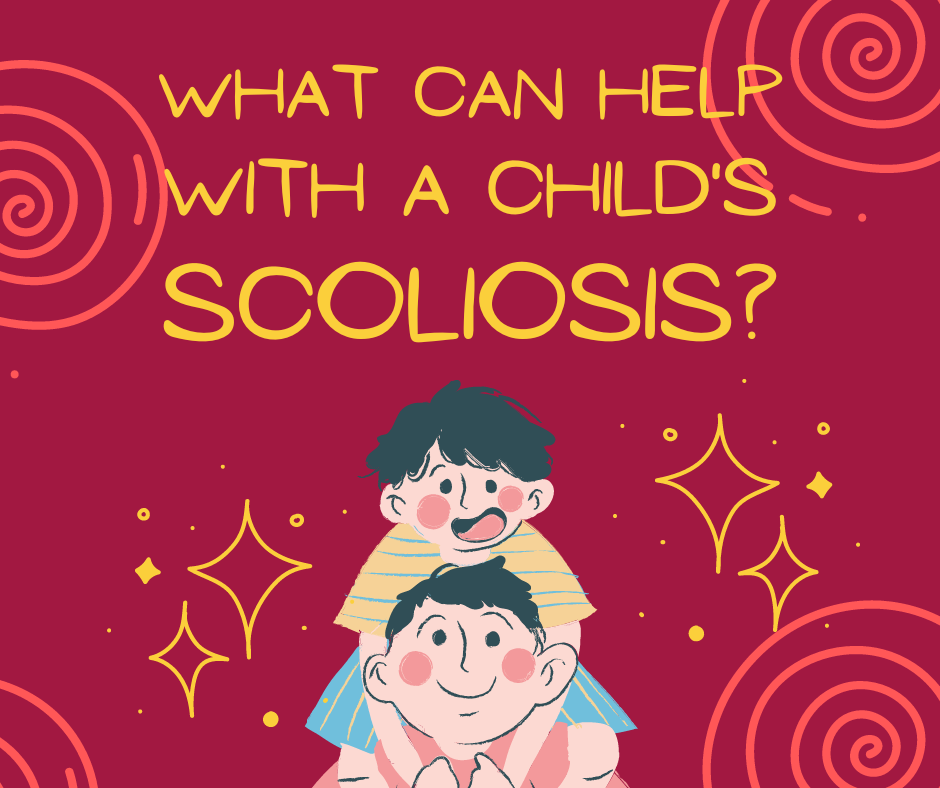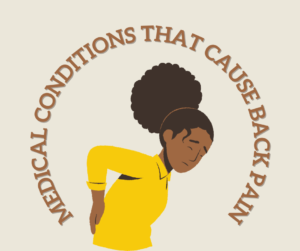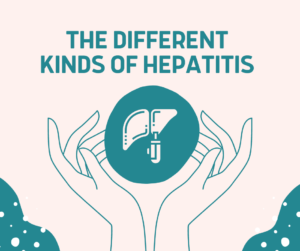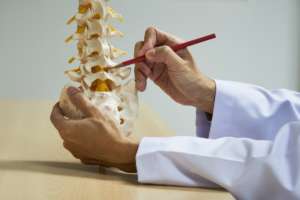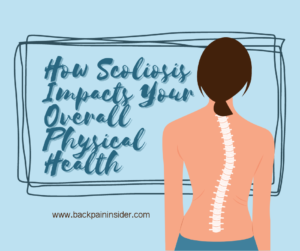When it is discovered that a child has any form of scoliosis, they as well as their family are likely to experience anxiety and confusion. Fortunately, most parents are encouraged to learn that modern treatments were far superior to those available a few decades ago. Long-term outcomes for children with scoliosis are generally excellent these days.
Another piece of good news: the vast majority of children with scoliosis (abnormal sideways curvature of the spine) have a mild case that does not require active treatment. However, deciding what to do for a mild scoliosis curve (less than 25 degrees) can be difficult. Much of this decision-making process is based on the size of the scoliosis curve, how much growth the child still has, and estimating the likelihood that the scoliosis curve will grow larger.
First, your child’s pediatrician will need to determine how much growth your child has left. The Risser sign is the most commonly used method for estimating skeletal maturity. On the same x-ray that is used to measure the size of the spine’s abnormal sideways curve, the iliac crest (upper edge of the hip bone) is examined (Cobb angle). The Risser ranges from 0 being the least severe to 5 being the worst. This all depends on how much bone has formed on the iliac crest.
Bracing for Scoliosis
Various braces are available to help children with their scoliosis. However, doctors have discovered that non-flexible braces do not help patients as much. A brace may be prescribed to a patient if their spine’s curve has reached 25 degrees or has progressed more than 5 degrees in 6 months. Risser stages 4 or 5 indicate little or no skeletal growth left. However, a lower Risser stage may indicate that significant skeletal growth is still present, and the scoliosis curve is still at risk of worsening.
It is easier said than done to successfully treat an adolescent’s mild scoliosis with a brace. When a child has been prescribed a brace for idiopathic scoliosis, the brace is typically worn until there is no significant amount of skeletal growth left. A hard brace is typically prescribed to be worn full time, which is defined as 16 or more hours per day. Wearing a brace is undeniably inconvenient and can be uncomfortable, especially at first. It can be difficult to decide what to wear, and if the brace is visible under clothes or in the locker room, other kids are more likely to be bullied for it. For all of these reasons, children may feel reluctant to wear or only wear a brace on occasion.
Parents can play an essential role in assisting their children in wearing the brace as directed. Listen to your child’s concerns and collaborate with the doctor to develop a realistic strategy for daily brace use. Check to see if the brace can be removed for essential activities for your child, such as dance class or sports team. In addition, some children may be candidates for a nighttime brace, which is only worn while sleeping. If you suspect you or your child may have scoliosis, schedule an appointment with a doctor right away for an evaluation.
